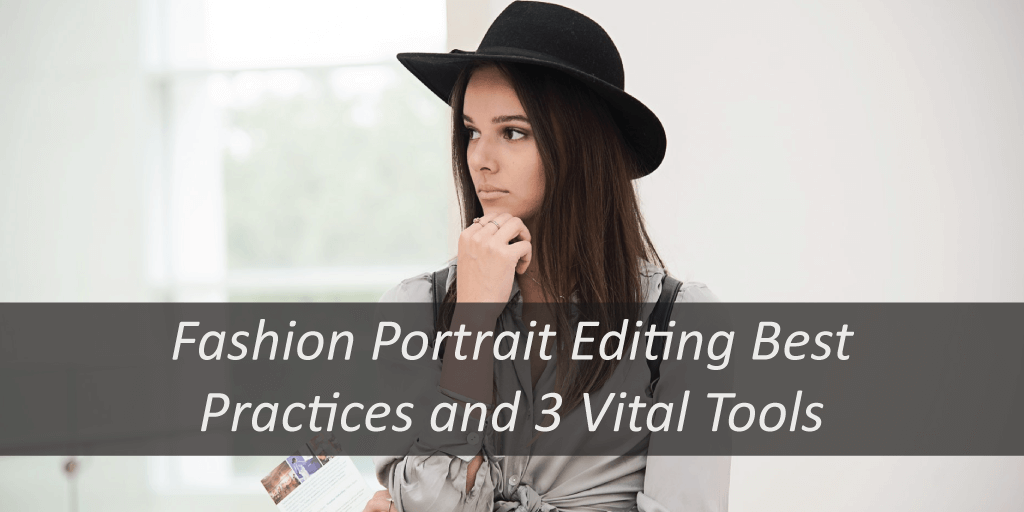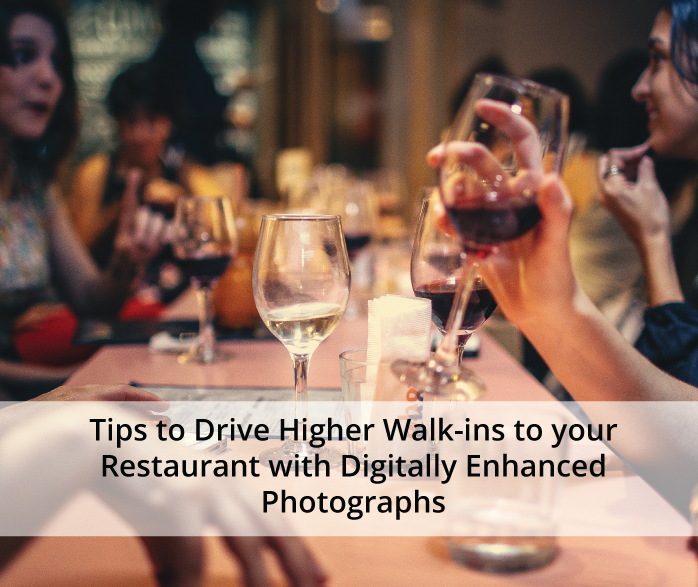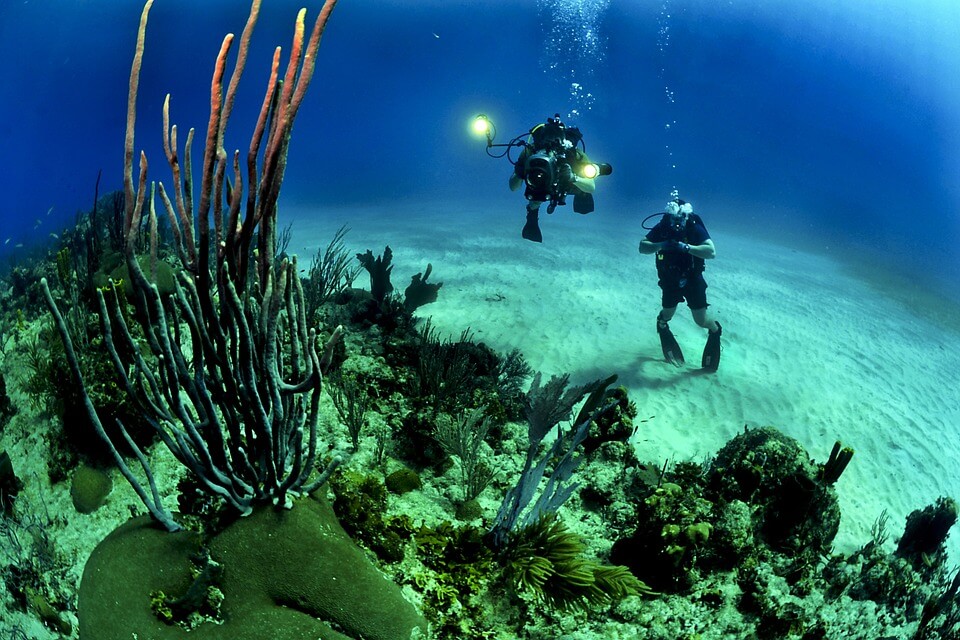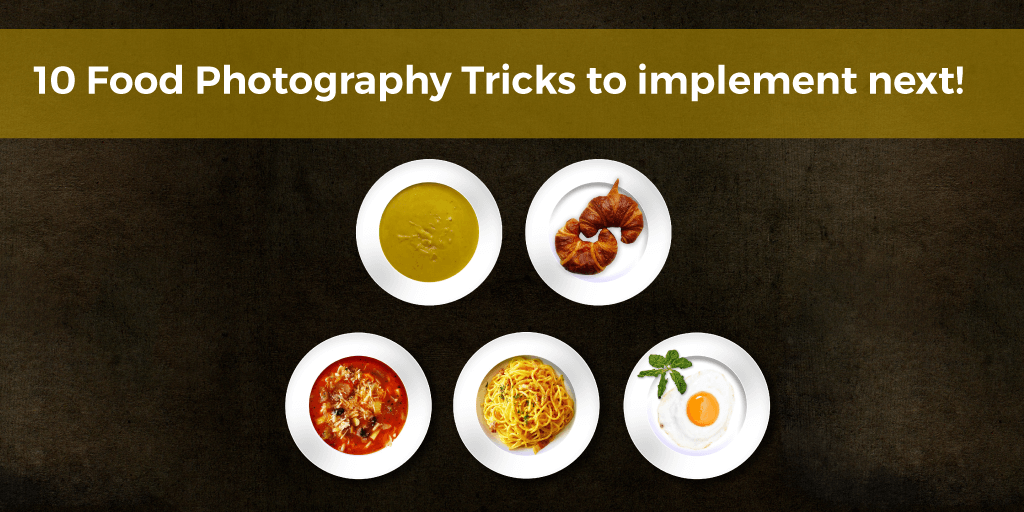
Food photography can be described as the most challenging niche among various other photography niches. Here, you have to be accurate in terms of every aspect like composition, lightings, angles and many more. A good food photograph doesn’t happen even though you have a good fancy camera at your hand; you need to learn the right techniques and concepts before capturing them. So, here are some of the tricks which you can implement for your next food photography session, and go beyond your existing skills, knowledge, and experience.
Composition and Angles
The concept of layering in food photography plays an important role to influence viewers. To understand layering, it is the elements which are set on the top of one another. For example, a dessert has layers like a plate, the dish itself, and garnishes at the top.
So, shoot in the side angle view where the viewers can look at each layer of dish accurately. If the dessert was shot in bird’s eye view it wouldn’t have made a significant impact. So, as a photographer, you must recognize which angle, a particular food must be shot. Soup in a bowl must shot from bird’s eye view. If it was shot in the side view, the bowl would have been covering all of them in the frame than the soup, which wouldn’t make a significant influence. So, analyze before photographing which angle is best suited for the shoot.
Note: If you are confused on which angle to shoot the food, capture them in both the angles and then make a decision on which one looks better to offer it to your client.
Rule of thirds can be applied in your food photography to properly place each element in a frame. You can place them between the lines or where the grids that are intersecting.
Avoid capturing the food too closely
Viewers want to look something more than a piece of a cake. Hence, avoid taking photos too closely. Also, it doesn’t make the much wistful connection among the viewers if subjects are clicked too close. So, maintain enough space and room between you and the subject, and then think about the ideal size, that you will need of the subject in the frame.
This trick can help you in a later stage like; you can test an image by cropping them closer to the subject and see the difference in the image+. You may end up getting a better picture than ever before. So, capturing photos by maintaining space or little distance from the subject allows you to post-process the image by cropping them and testing it with different compositions.
Note: Always shoot in RAW format which makes better for post-processing.
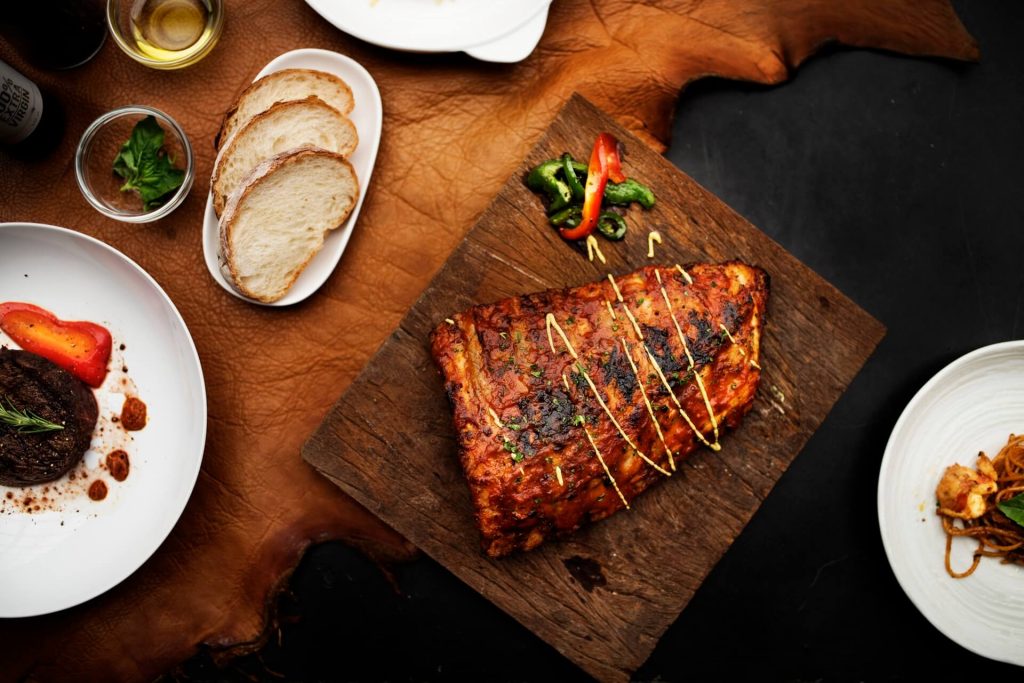
Forget Lighting Myths and Make use of Natural Lights
Without knowing the dynamics of natural light, it will be tough for you to capture even with artificial lights. So, if you haven’t shot food photographs in natural light try and explore its dynamics.
Imagine there is a window where you are photographing and the harsh sunlight is reflecting from the window, you can use a white cloth to soften the light, and then carry on with your food photography. Now, see the difference, natural light may have done a miracle to you. So, never underestimate natural light, and also always don’t depend on artificial lights.
Another myth is waiting for the natural light to be the perfect one for the shoot. Landscape photographers always wait for their golden hour. But in food photography, there is nothing called perfect lightings since you capture them inside. Photograph with existing ambient light available and experience it. Photographing is better than shooting none. As the light changes, even the looks of the photos change. At any of moment, your photos might turn attractive if you have captured. So, don’t ignore any moments during the shoot, just capture and experience the photos in different lighting conditions.
Note: Photographing in different light conditions allows you to understand the dynamics of light. So, do capture every time. Don’t always depend on artificial lights. Try to manipulate harsh natural light with white clothes and apply your necessary camera skills by customizing ISO, aperture and shutter speed effectively. Moreover, use a tripod for sharp crisper images.
Sometimes interaction with the food can work
A person’s hand in food can work sometimes. For example, your friend holding a cheesy burger and making appetizing expressions or cutting them into two halves and then showcasing a juicy burger can make an impact on your food photography. Whatever style it is experimenting is the best policy for creativity. If it is pasta, noodles, or meat you can make a pose with chopping it.
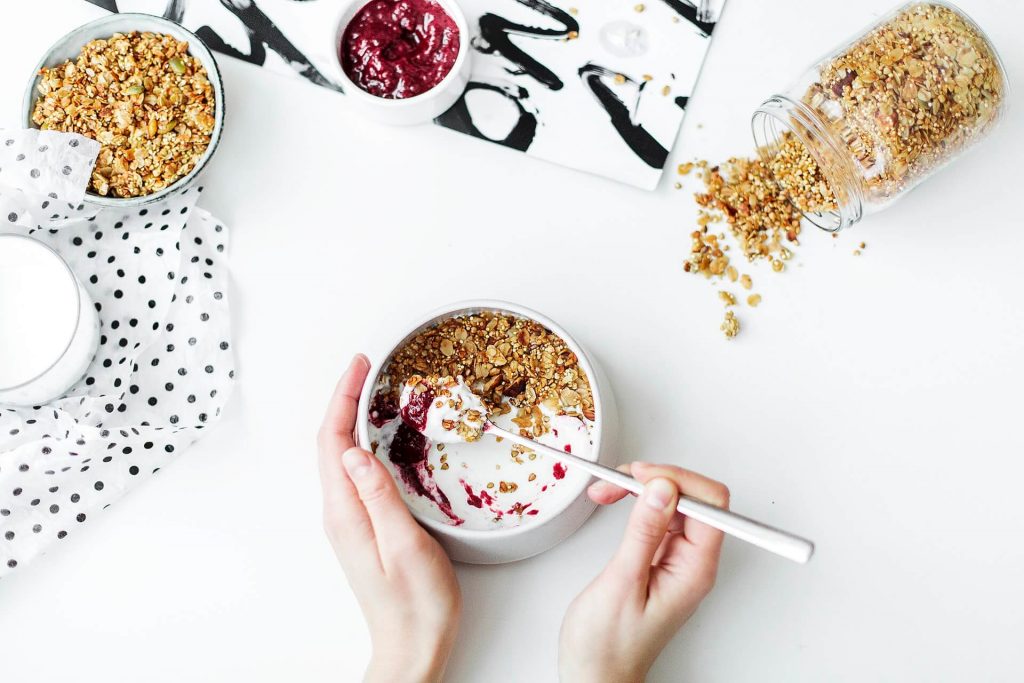
Tripod can transform your photography
For sharper images, you would need a tripod. Invest in a tripod which is stable and capacity to withstand your camera.
Tripod also allows you to test your photography with different heights and also allows you to frame photographs in different angles. But, always utilize tripods which can be adjusted in different heights and flexible to do various tasks for you.
If you want to know more about overhead tripods, Tripodyssey provides all the information about it and then you can make the choice of which one to buy. Even you can reach Expert Photography for food photography tripods.
Use a shallower depth of field
Focus only the subject which you want and defocus the rest. Make use of a tripod and set your camera to lower apertures like f/2.8, f/3.5, or f/5.6 which would work very well to get the sharper images in the focused subject.
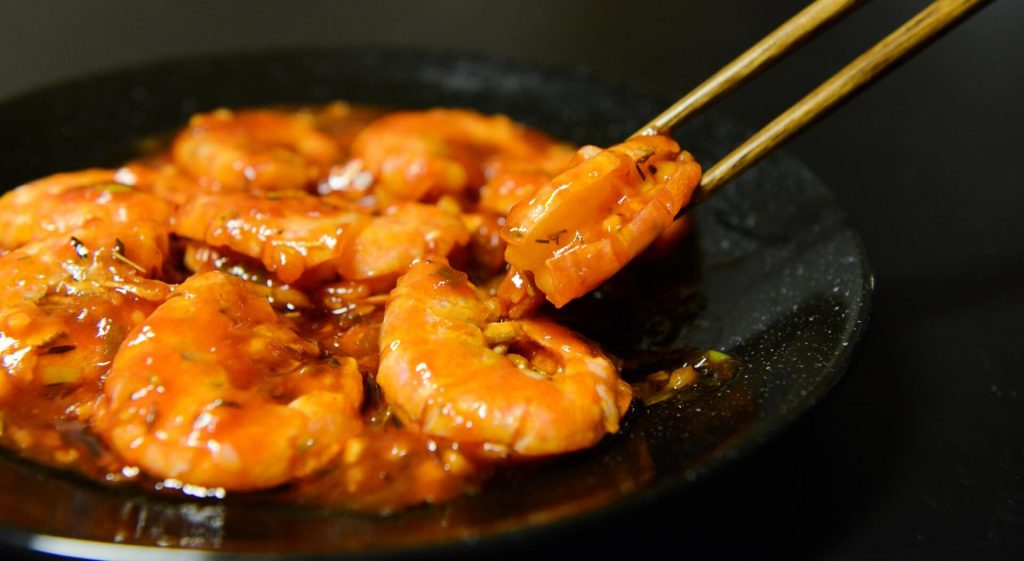
Negative Spacing can sometimes be effective
Give viewers room to breathe by providing sufficient space to view the picture of the food. Don’t go all the way at your subject by zooming in. Sometimes this trick works well. So, analyze properly before you photograph something.
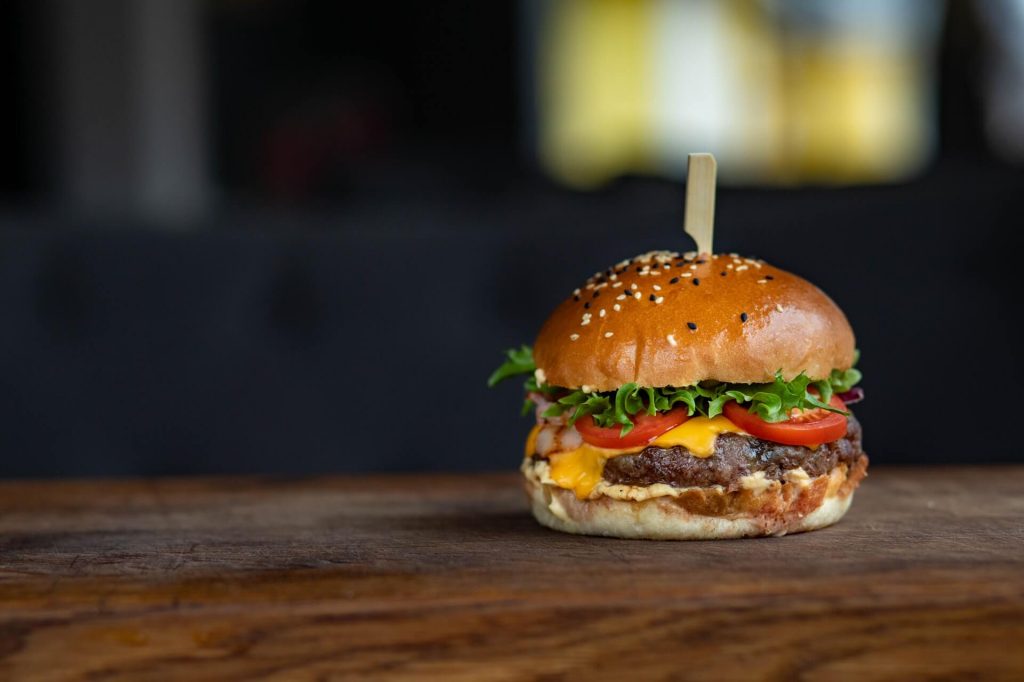
Become a food artist by decorating the food
The food decoration also makes a major influence to trigger viewers. Ensure each layer of the food is set and decorated accurately. If food is not looking great, add props surrounding them; like you can add ingredients of the dish.
Take many Photos
Initially, you will know what type of food it is; like whether it is a burger or a soup. Then, you will make a decision on which way to capture; like either side view or bird’s view. After capturing from either of this angle, photograph from your own angles. Like, click 10 to more pictures from various angles of a particular food item. Later stage, when you look into the preview you might have end-up producing a miraculous picture which was clicked on your own unorthodox way. So, after photographing in your desired way also click on unusual ways from different angles. It may produce interesting results!
Post-process your photos
If you’re a commercial food photographer then it is a must for you to edit the photos to make it look better and engaging one. The main entity of food photography is the dish and its color. Post-processing makes the exposure and color of your photographs right by retouching them. Various food bloggers and photographers outsource their commercial food images to photo editing service providers to get the retouching done. The main reason for photographers to outsource is that the photo editors would have extensive experiences in retouching images of various clients.
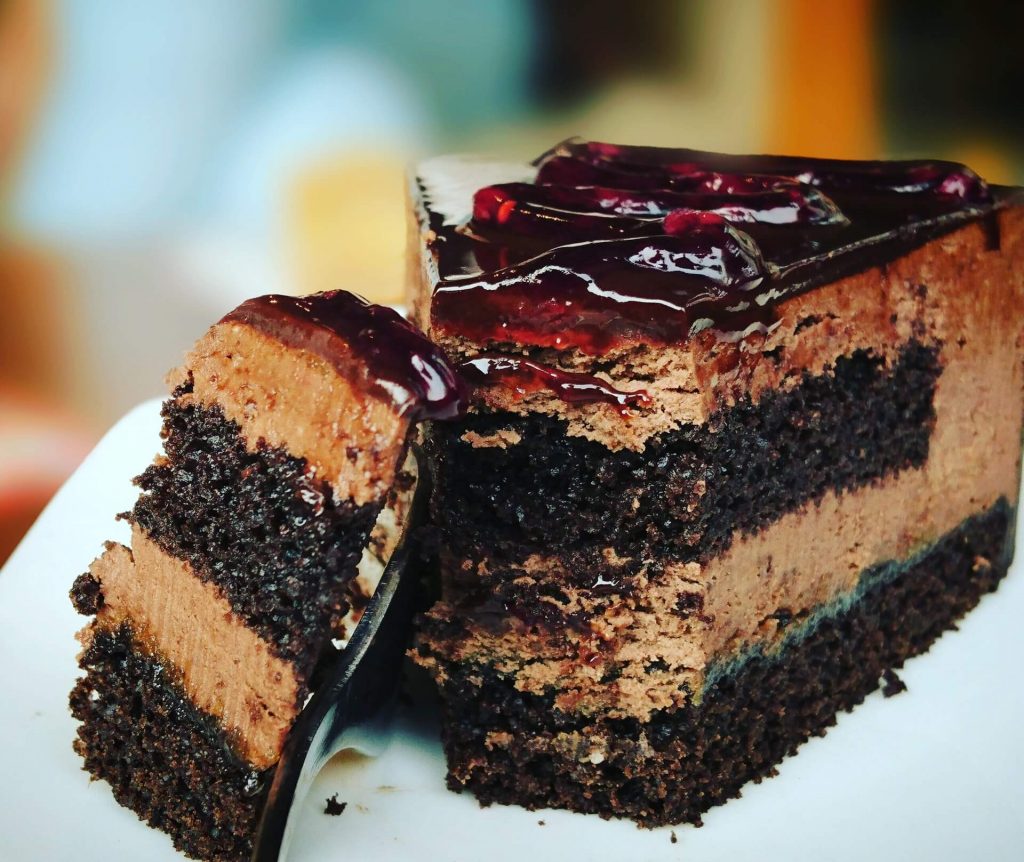
Ultimately, the first important factor about food photography is the way they are decorated and then emerges, how you display it in a frame; in other terms the composition. Later comes the lightings; the way in which you adapt to the lights, and manipulate them with your camera and other accessories which soften the light. Substantially, applying tricks which are mentioned above can make a major influence on the pictures. Hence, if you have read all the information above, it would help you in the next food photography session.
